Tonight, the Winnipeg Jets take on the Boston Bruins at TD Garden. The Bruins are the top team in the NHL with a 25-4-2 record and are 7-1-2 in their last ten games. In their last game, they won 7-3 against the Florida Panthers. The Jets have an impressive record themselves (21-10-1) and are 7-3 in their last ten games. They were victorious in their last game, 5-1, over the Ottawa Senators. The B's have not lost in regulation at home this season with a record of 17-0-2. Can the Jets win to end the Bean Town's dominance at TD Garden, or will they become their next victim? We soon shall see...
We all know Boston is famous for Fenway Park and for some big Tea Party thing...
:max_bytes(150000):strip_icc()/GettyImages-186639045-5b2ed6f73418c600367bf91f.jpg)
No not that one, this one...

But there are plenty of facts that many of us don't know about the capital of the Commonwealth of Massachusetts. Let's find out...

Before the Puritans arrived in 1630, many Algonquian tribes (including the Massachusett, Pawtucket and Pokantoket) inhabited much of the region. They lived partly on what was called the Shawmut Peninsula. Shawmut is an Algonquian word, and while the exact meaning of is unclear, it can possibly be interpreted as ‘living waters.’ Eventually, European settlers took over the peninsula and diseases brought from overseas eradicated many of the Native American tribes. The Puritans ended up naming the city ‘Boston’ after the town of Boston in Lincolnshire, England, where many of those European settlers had travelled from...

Much of what makes up the city today was fully underwater and considered part of the bay or the Charles River. It wasn’t until the early 1800s that the city started filling in land along the coast and what we see today started to take form. It began with the landfill of Mill Pond, in what is now the West End, and continued with the large expansion project of the suitably named Back Bay, which added over 300 acres (121 hectares) to the city. Eventually, water around East Boston, Charlestown, what is now South End and the Seaport District was filled in as well, using gravel and land taken from levelled hills across the city. In all, over 5,000 acres (200 hectares) of Boston was created by humankind, and many of the historic homes you see in those neighbourhoods sit on wood pilings that hold up the structure through landfill...

Shortly after the Puritans arrived in Boston, they established strict laws that prohibited many of what you might consider fun activities today, such as card games and drinking. In time, most of those laws were changed, but several of them are still technically in effect. Those include the need for a special license to wear a goatee (sorry KFC), it being illegal to take a bath without a doctor’s prescription and it being illegal to snore with your windows or doors open at night. Not to mention the two state laws prohibiting swearing, including one with a maximum penalty of a year’s imprisonment and another with a $50 fine for swearing at “a player or an official in a sporting event.” Though still on the rule books, luckily most (if not all) of these are not really enforced. They certainly would make a mint if they did...

Among the odd ‘Blue Laws’ that the Puritans put in place when they settled in Massachusetts was the outright ban on celebrating the Christmas holiday in 1659. Reasons for the ban varied, including the holiday’s pagan roots and how it was celebrated, but there was a five-shilling fine if you were caught in the Christmas spirit. However, after 22 years without a public Christmas, the law was eventually taken off the books in 1681. I didn't know the Grinch was that old...
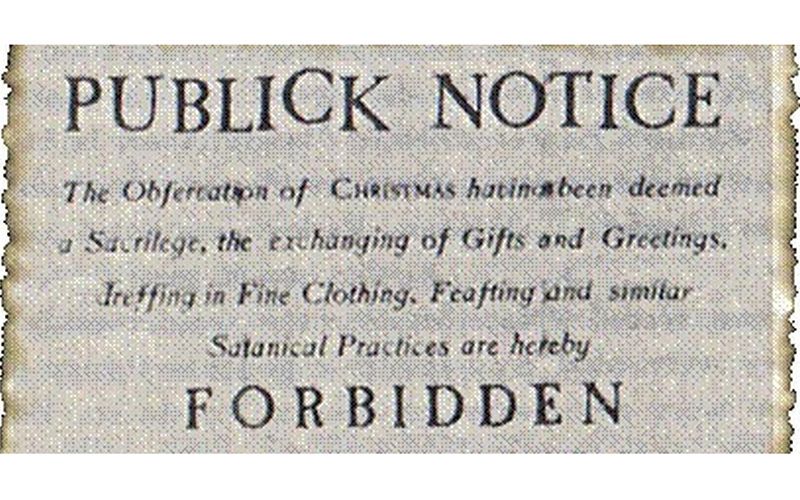
While the Salem Witch Trials became more well known, Boston had its own share of witch hangings in the 1600s. Three women were hanged in Boston for being accused witches over a 40-year period. The first was Margaret Jones (who was also the first woman to be executed for witchcraft in all of Massachusetts Bay Colony) in 1648, followed by Anne Hibbins – a wealthy, outspoken woman – in 1656. The last was Ann ‘Goody’ Glover, an elderly woman from Ireland, who was hung in 1688. The majority of the Salem Witch Trial hangings occurred four years later, in 1692...
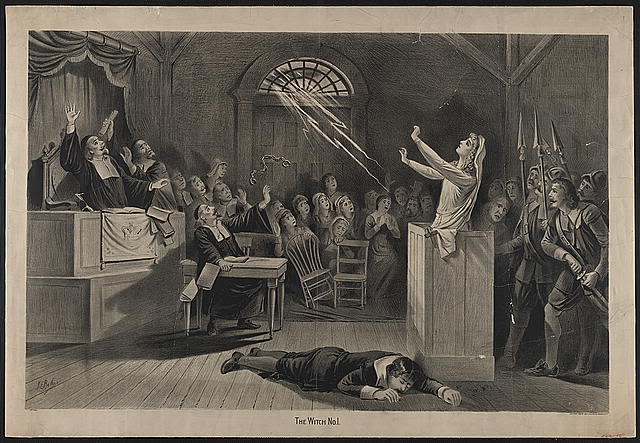
In January 1919, a steel tank in Boston’s North End fractured and sent more than 2 million gallons of molasses barreling down the city streets. The wave reached over 15 feet (five meters) high and sped up to 35 miles an hour (56 kilometers an hour) at certain points, killing a total of 21 people and injuring many more. Boston Patrolman Frank McManus “was at a police signal box nearby, ringing in a duty call, when he heard the grinding, rumbling noise, and looking up saw the top of the tank sliding off. The next moment he saw a sea of molasses rush forth in all directions. Before he could realize the buildings in the vicinity began to collapse,” wrote the The Boston Globe the morning after. Today, the flood is memorialized with a small, square plaque near the site of the tank on Commercial Street...
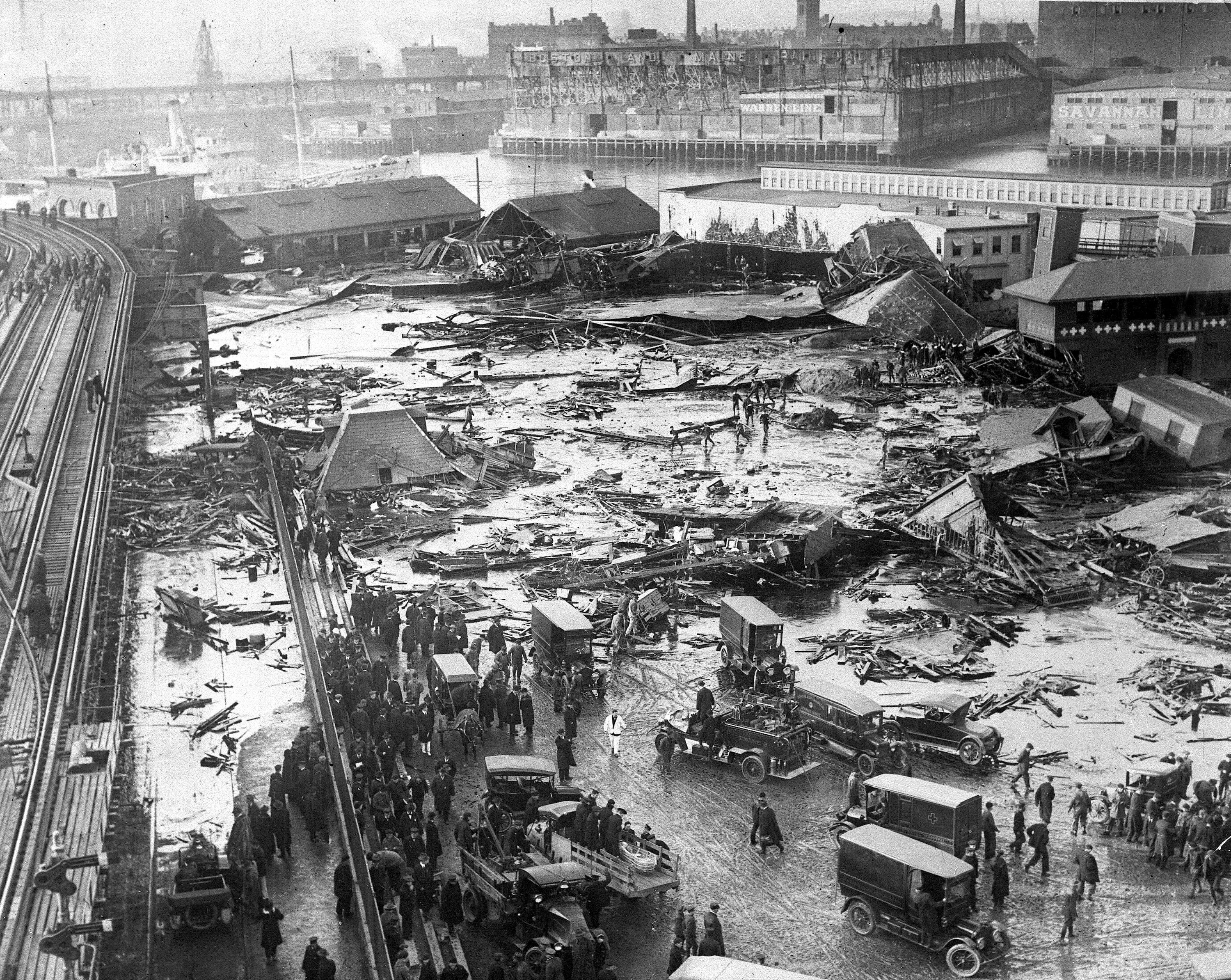
While you can find ‘Happy Hour’ food specials throughout Massachusetts, drink specials of this sort are outlawed throughout the state. Many restrictions on alcohol are left over from old Blue Laws (including nonstandard closures on Sundays and holidays), but the current law banning happy hour is from 1984 following the death of a woman due to drunk driving. Massachusetts is one of eight states in the country to have such a ban...
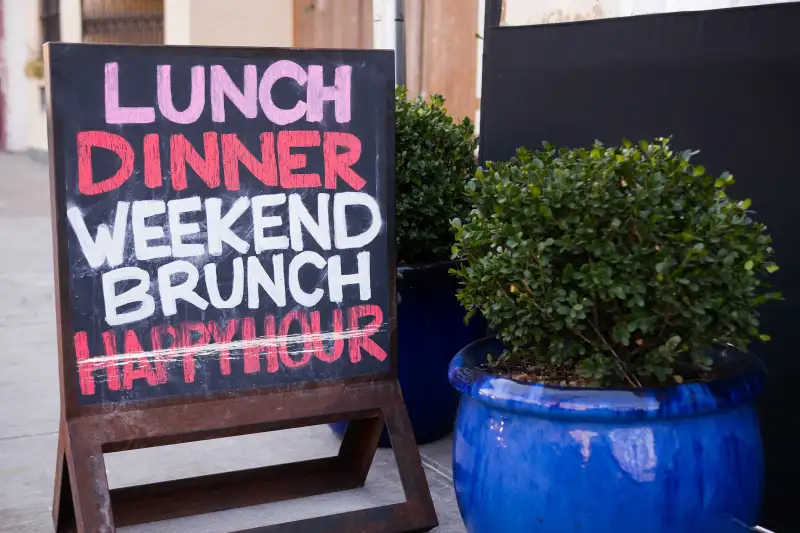
While bank robberies might come to mind more often when thinking of Boston, thanks to the movie The Town (2010), the city was the site of the largest art heist in history. On March 18 1990, two masked intruders disguised as police officers got into the Isabella Stewart Gardner Museum in Boston’s Fenway neighbourhood. They took a total of 13 pieces of art worth more than $500 million. The art and the thieves are still at large, and the museum is currently offering a $10 million reward to anyone with information that leads to the recovery of the stolen works...
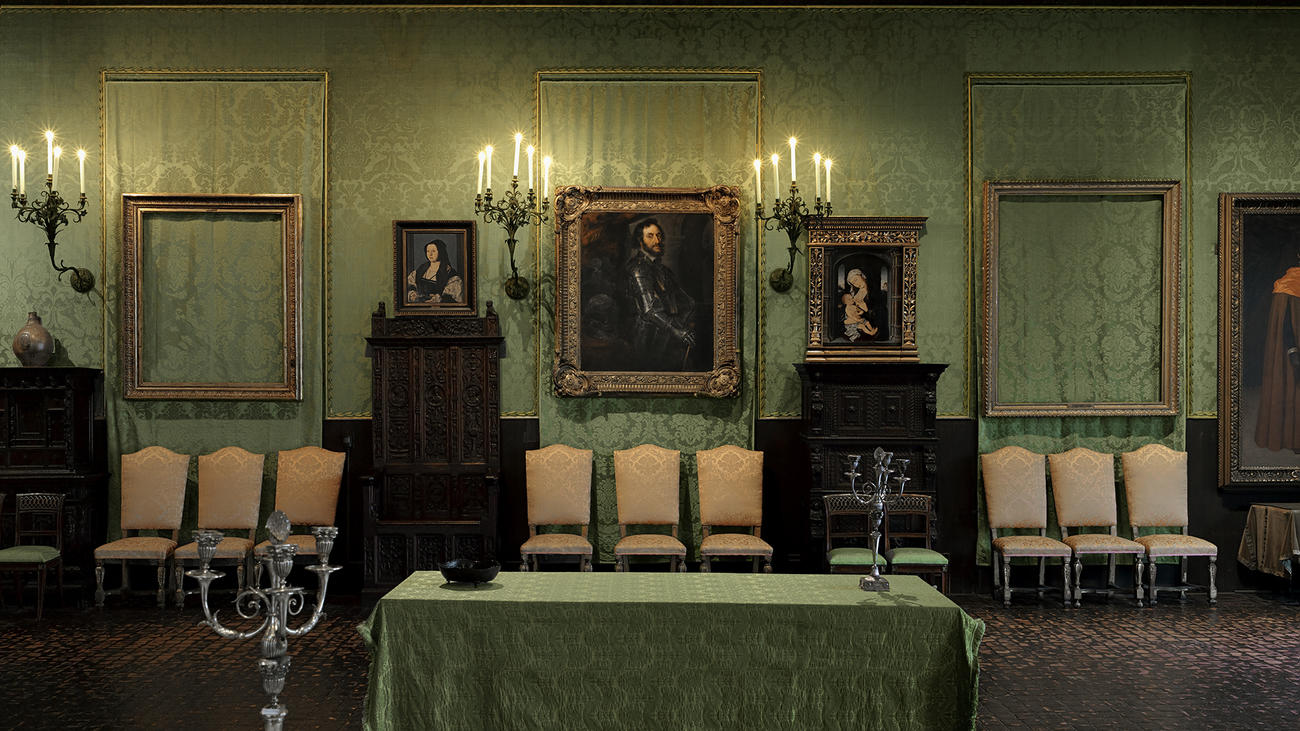
The Boston University bridge over the Charles River at first glance looks like an ordinary steel truss bridge. But the BU Bridge has an interesting claim to fame—it’s one of the few places in the world where a boat can sail under a train going under a vehicle driving under an airplane.
Although the Steel Bridge in Portland, Oregon, and the 25 de Abril Bridge in Lisbon, Portugal can both make a similar claim, the BU Bridge is the only one where the rail and road traffic are on separate spans.
In addition, the BU bridge has a freestanding walkway under it, so it’s the only place in the world where a toy boat can sail under a pedestrian walking under a train going under a vehicle driving under an airplane. Take that, Portland and Lisbon!
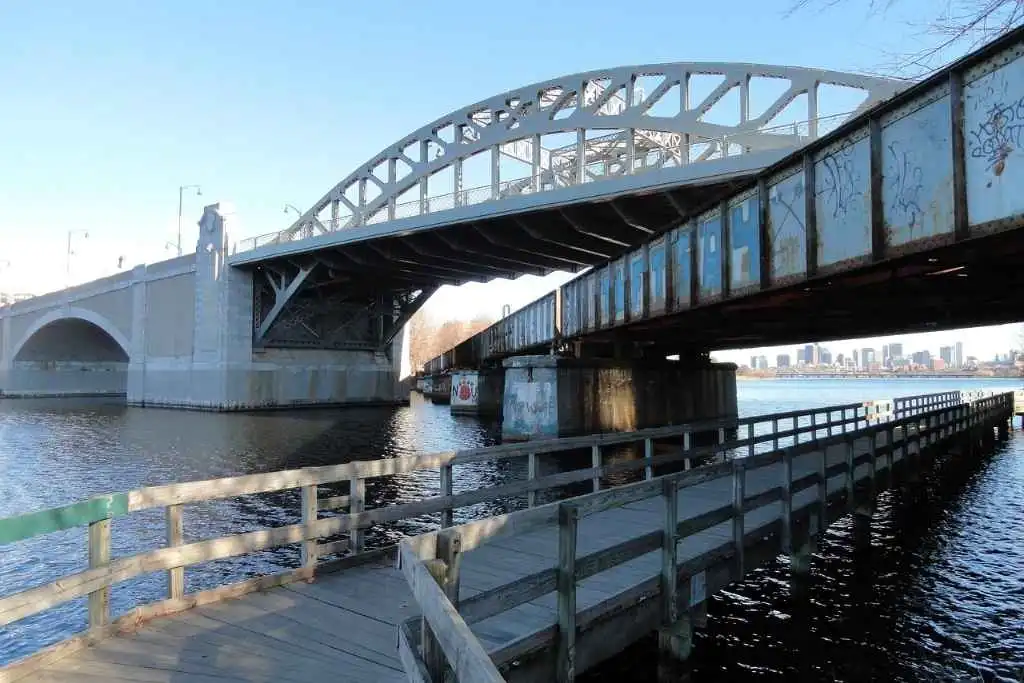
Boston’s famed annual Marathon, held each year on the third Monday in April (Patriots’ Day in Massachusetts) attracts 500,000 spectators each year, making it the most widely viewed sporting event in New England.
But the Boston Marathon is also the oldest in the world! The very first Boston Marathon was held on April 19, 1897, just a year after the first modern Olympics debuted in 1896. The Boston Marathon’s founders were inspired by the Olympic event and wanted to host a similar marathon in the Boston area...

You probably know that the Red Sox have played in 13 World Series and won nine titles. And that the Red Sox have a patent on the “Fenway Green” paint colour. But not everyone knows about Fenway’s rooftop garden, Fenway Farms. Located on the third base side of the park, it was planted in 2015 and can produce over 6,000 pounds of organic produce each year...
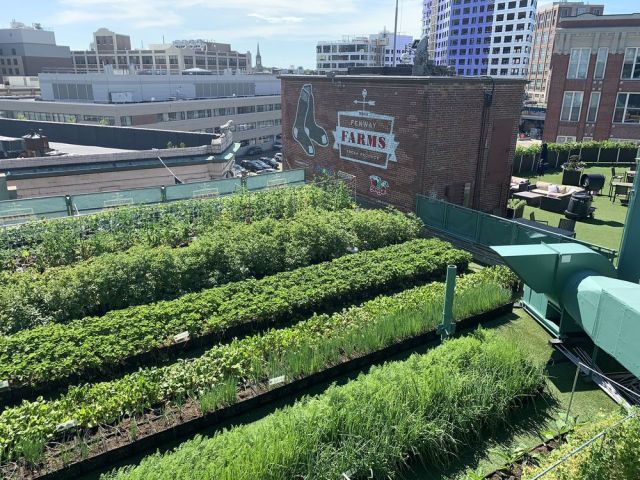
Why “Beantown”? Boston baked beans of course! Since the city’s creation, a Boston favorite food has been beans baked in molasses. Sailors and merchants passing through enjoyed this local dish so much that they called the city “Beantown.” It even inspired a tourism slogan in the early 1900’s – “You Don’t Know Beans Until You Come to Boston.” Just don't sit next to me after eating them, okay...
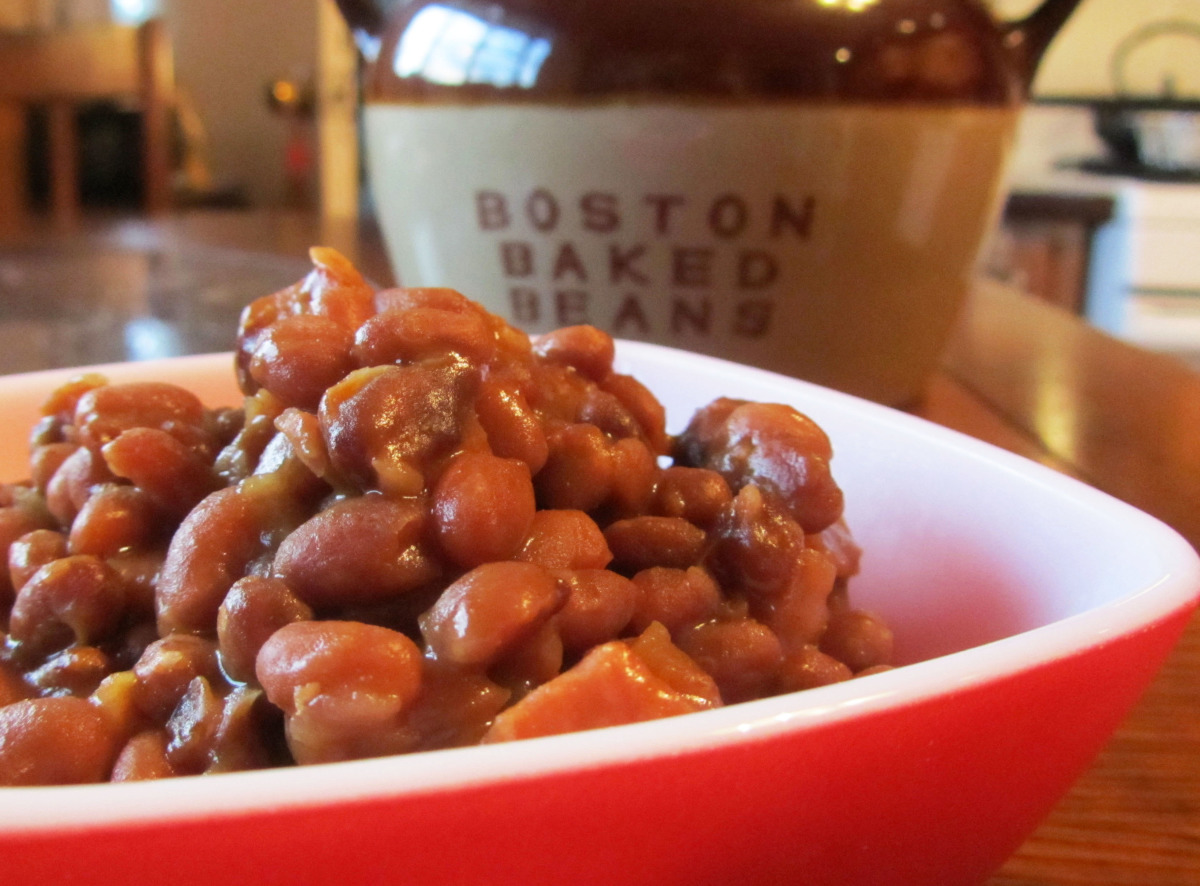
So let's step on the “gas” and beat these baked bean loving bears from Boston! Go Jets Go!
Thanks to: 15 Interesting Facts About Boston, 30+ Fun Facts About Boston, https://www.movoto.com/guide/boston-ma/boston-facts/, https://worldstrides.com/blog/2019/02/7-fun-facts-about-boston/ and 10 Wacky Facts about Boston We Bet You Didn’t Know
We all know Boston is famous for Fenway Park and for some big Tea Party thing...
:max_bytes(150000):strip_icc()/GettyImages-186639045-5b2ed6f73418c600367bf91f.jpg)
No not that one, this one...

But there are plenty of facts that many of us don't know about the capital of the Commonwealth of Massachusetts. Let's find out...

Before the Puritans arrived in 1630, many Algonquian tribes (including the Massachusett, Pawtucket and Pokantoket) inhabited much of the region. They lived partly on what was called the Shawmut Peninsula. Shawmut is an Algonquian word, and while the exact meaning of is unclear, it can possibly be interpreted as ‘living waters.’ Eventually, European settlers took over the peninsula and diseases brought from overseas eradicated many of the Native American tribes. The Puritans ended up naming the city ‘Boston’ after the town of Boston in Lincolnshire, England, where many of those European settlers had travelled from...

Much of what makes up the city today was fully underwater and considered part of the bay or the Charles River. It wasn’t until the early 1800s that the city started filling in land along the coast and what we see today started to take form. It began with the landfill of Mill Pond, in what is now the West End, and continued with the large expansion project of the suitably named Back Bay, which added over 300 acres (121 hectares) to the city. Eventually, water around East Boston, Charlestown, what is now South End and the Seaport District was filled in as well, using gravel and land taken from levelled hills across the city. In all, over 5,000 acres (200 hectares) of Boston was created by humankind, and many of the historic homes you see in those neighbourhoods sit on wood pilings that hold up the structure through landfill...

Shortly after the Puritans arrived in Boston, they established strict laws that prohibited many of what you might consider fun activities today, such as card games and drinking. In time, most of those laws were changed, but several of them are still technically in effect. Those include the need for a special license to wear a goatee (sorry KFC), it being illegal to take a bath without a doctor’s prescription and it being illegal to snore with your windows or doors open at night. Not to mention the two state laws prohibiting swearing, including one with a maximum penalty of a year’s imprisonment and another with a $50 fine for swearing at “a player or an official in a sporting event.” Though still on the rule books, luckily most (if not all) of these are not really enforced. They certainly would make a mint if they did...

Among the odd ‘Blue Laws’ that the Puritans put in place when they settled in Massachusetts was the outright ban on celebrating the Christmas holiday in 1659. Reasons for the ban varied, including the holiday’s pagan roots and how it was celebrated, but there was a five-shilling fine if you were caught in the Christmas spirit. However, after 22 years without a public Christmas, the law was eventually taken off the books in 1681. I didn't know the Grinch was that old...

While the Salem Witch Trials became more well known, Boston had its own share of witch hangings in the 1600s. Three women were hanged in Boston for being accused witches over a 40-year period. The first was Margaret Jones (who was also the first woman to be executed for witchcraft in all of Massachusetts Bay Colony) in 1648, followed by Anne Hibbins – a wealthy, outspoken woman – in 1656. The last was Ann ‘Goody’ Glover, an elderly woman from Ireland, who was hung in 1688. The majority of the Salem Witch Trial hangings occurred four years later, in 1692...

In January 1919, a steel tank in Boston’s North End fractured and sent more than 2 million gallons of molasses barreling down the city streets. The wave reached over 15 feet (five meters) high and sped up to 35 miles an hour (56 kilometers an hour) at certain points, killing a total of 21 people and injuring many more. Boston Patrolman Frank McManus “was at a police signal box nearby, ringing in a duty call, when he heard the grinding, rumbling noise, and looking up saw the top of the tank sliding off. The next moment he saw a sea of molasses rush forth in all directions. Before he could realize the buildings in the vicinity began to collapse,” wrote the The Boston Globe the morning after. Today, the flood is memorialized with a small, square plaque near the site of the tank on Commercial Street...

While you can find ‘Happy Hour’ food specials throughout Massachusetts, drink specials of this sort are outlawed throughout the state. Many restrictions on alcohol are left over from old Blue Laws (including nonstandard closures on Sundays and holidays), but the current law banning happy hour is from 1984 following the death of a woman due to drunk driving. Massachusetts is one of eight states in the country to have such a ban...

While bank robberies might come to mind more often when thinking of Boston, thanks to the movie The Town (2010), the city was the site of the largest art heist in history. On March 18 1990, two masked intruders disguised as police officers got into the Isabella Stewart Gardner Museum in Boston’s Fenway neighbourhood. They took a total of 13 pieces of art worth more than $500 million. The art and the thieves are still at large, and the museum is currently offering a $10 million reward to anyone with information that leads to the recovery of the stolen works...

The Boston University bridge over the Charles River at first glance looks like an ordinary steel truss bridge. But the BU Bridge has an interesting claim to fame—it’s one of the few places in the world where a boat can sail under a train going under a vehicle driving under an airplane.
Although the Steel Bridge in Portland, Oregon, and the 25 de Abril Bridge in Lisbon, Portugal can both make a similar claim, the BU Bridge is the only one where the rail and road traffic are on separate spans.
In addition, the BU bridge has a freestanding walkway under it, so it’s the only place in the world where a toy boat can sail under a pedestrian walking under a train going under a vehicle driving under an airplane. Take that, Portland and Lisbon!

Boston’s famed annual Marathon, held each year on the third Monday in April (Patriots’ Day in Massachusetts) attracts 500,000 spectators each year, making it the most widely viewed sporting event in New England.
But the Boston Marathon is also the oldest in the world! The very first Boston Marathon was held on April 19, 1897, just a year after the first modern Olympics debuted in 1896. The Boston Marathon’s founders were inspired by the Olympic event and wanted to host a similar marathon in the Boston area...

You probably know that the Red Sox have played in 13 World Series and won nine titles. And that the Red Sox have a patent on the “Fenway Green” paint colour. But not everyone knows about Fenway’s rooftop garden, Fenway Farms. Located on the third base side of the park, it was planted in 2015 and can produce over 6,000 pounds of organic produce each year...

Why “Beantown”? Boston baked beans of course! Since the city’s creation, a Boston favorite food has been beans baked in molasses. Sailors and merchants passing through enjoyed this local dish so much that they called the city “Beantown.” It even inspired a tourism slogan in the early 1900’s – “You Don’t Know Beans Until You Come to Boston.” Just don't sit next to me after eating them, okay...

So let's step on the “gas” and beat these baked bean loving bears from Boston! Go Jets Go!

Thanks to: 15 Interesting Facts About Boston, 30+ Fun Facts About Boston, https://www.movoto.com/guide/boston-ma/boston-facts/, https://worldstrides.com/blog/2019/02/7-fun-facts-about-boston/ and 10 Wacky Facts about Boston We Bet You Didn’t Know




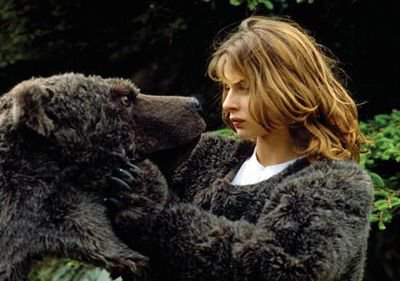
 Really if the Jets win this game I'll be very surprised because of all of our players we are missing hopefully these Bruins think the same and come out too casual for this one.
Really if the Jets win this game I'll be very surprised because of all of our players we are missing hopefully these Bruins think the same and come out too casual for this one.





